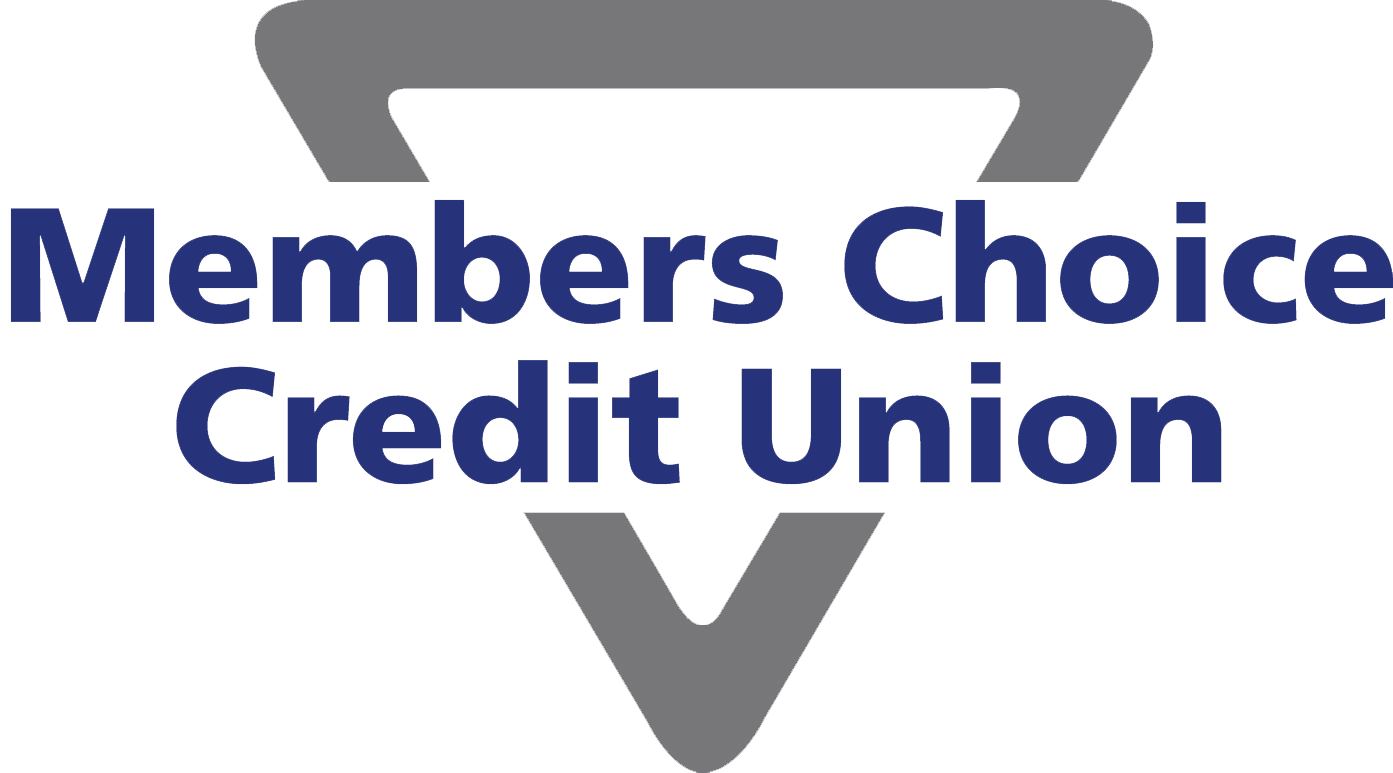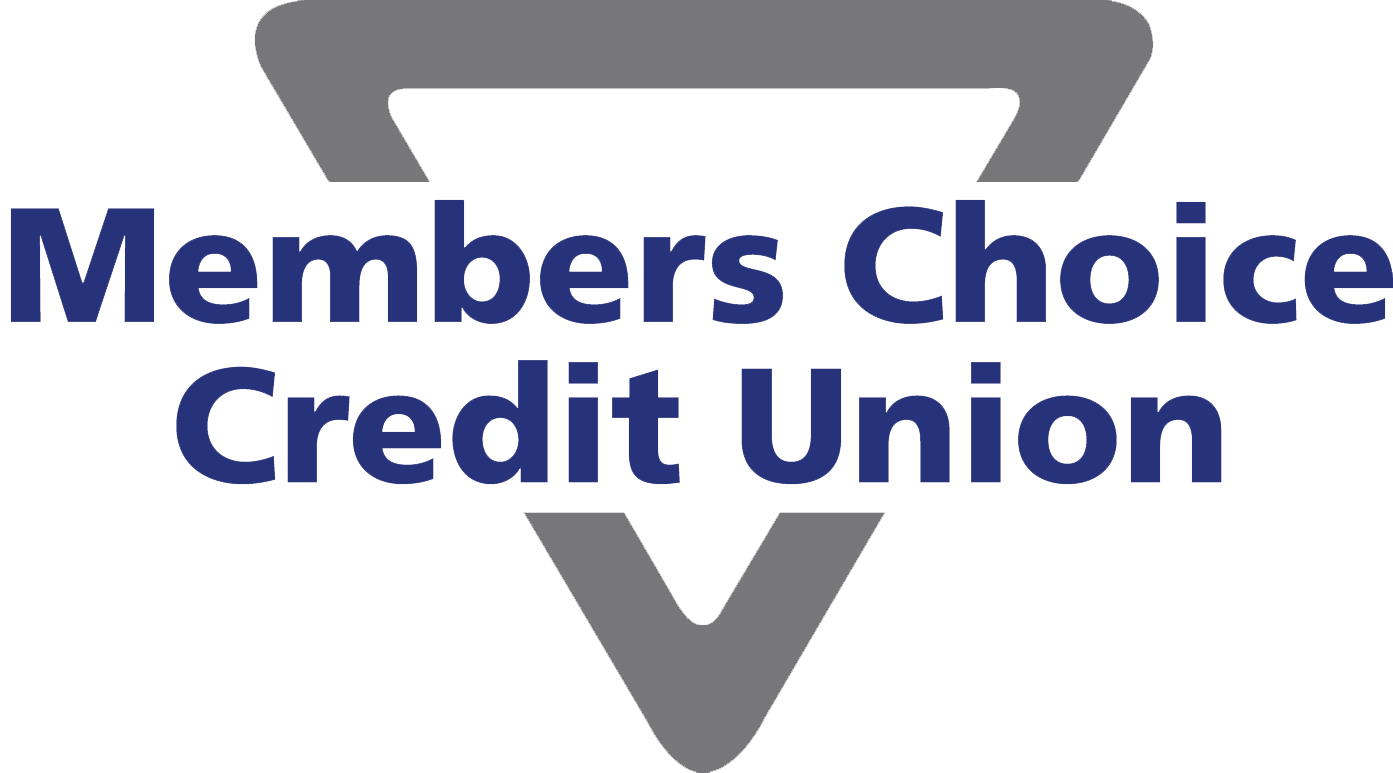12 Steps to Financial Wellness Series Step 2: Creating a Budget
Budgets play a crucial role in promoting financial awareness, which then helps to facilitate more responsible money choices. This discipline will benefit you individually and all who are part of your household.
Let’s start by looking at how to create a budget and review some popular budgeting systems and how they work.
Create a budget in 5 easy steps
Track your spending and income. This includes all your financial documents, such as your account statements, bills, and pay stubs. [If you’ve followed Step 1, you’ve already completed this step–excellent work getting ahead of the game!]
Tally up your totals. Calculate the totals of your monthly expenses and all your streams of income. If your income exceeds your expenses, you’re in a good place. However, suppose your costs exceed your income, or the numbers are too close for comfort. In that case, you’ll need to trim some discretionary expenses to make it through the month without falling into debt if a considerable unforeseen expense happens.
List your needs. Your needs include anything essential for living and basic functions, such as rent or mortgage payments, savings, food, and clothing. Needs always take priority in a budget. As you list each need, write down its corresponding cost. Sum up the total of your needs when you’ve finished.
List your wants. This includes anything not essential for living, like entertainment costs, brand-name clothing, and eating out. Also, note the monthly cost of each item on your list and add up the total when you’re done.
Assign dollar amounts to your expenses. Open a new spreadsheet and copy your list of expenses, starting with fixed-cost needs, non-fixed-cost needs, and finally, your wants. Assign an appropriate dollar amount for each of these costs, making sure the total does not exceed your estimated total for monthly expenses.
Review and tweak as necessary. You will likely need to adjust the amounts in each expense category at least once a year to keep your budget relevant. Likewise, you will hopefully be able to increase the amounts in the income column as you move upward in your career path or find additional income streams.
Budgeting systems
While every budget involves tracking expenses and committing to a maximum spending amount each month, there is a wide range of budgeting systems to fit every kind of personality and money management style.
The traditional budget doesn’t involve much more work than the steps described above. After working out a number for every expense category, you’ll need to track your spending throughout the month to ensure you’re sticking to the plan. You can use a spreadsheet for this purpose or utilize one of the popular budgeting apps, like Mint or YNAB, and do it digitally.
The money-envelope system works similarly. However, instead of simply sticking to your spending amounts for each expense category, you’ll withdraw the amount you plan to spend on all non-fixed expenses in cash at the start of the month. Divide the money into separate envelopes, using one for these expenses. Then, withdraw some cash from the appropriate envelope when purchasing that category. There’s no way to blow your budget with this system; when the money in the “Dining out” envelope runs dry, that’s all for this month!
The 50/30/20 budget is more straightforward but requires more discipline. Set aside 50 percent of your budget for your needs, 30 percent for wants, and the remaining 20 percent for savings. Of course, you’ll need to make sure your income and expenses will work with this budget. Does 50 percent of your income cover your needs? If yes, this budget allows for more individual choices each month and less accounting and tracking of expenses.
A well-designed budget can provide its creator with a sense of financial security and freedom. When you stick to a budget, you’ll always know you have enough to get through the month and save for the future. Start budgeting today!
Whether you need help preparing a new budget, are struggling with debt, or want to repair your credit score, we’re here for you. Take the first step and call us with your questions at 606.329.7876. Members Choice CU offers a free Money Management Program, where you will connect with an expert financial counselor. We’ll help you understand your situation, learn about options, and make a plan to meet your goals. The Members Choice Credit Union Money Management Program is accessible to anyone in our community.




